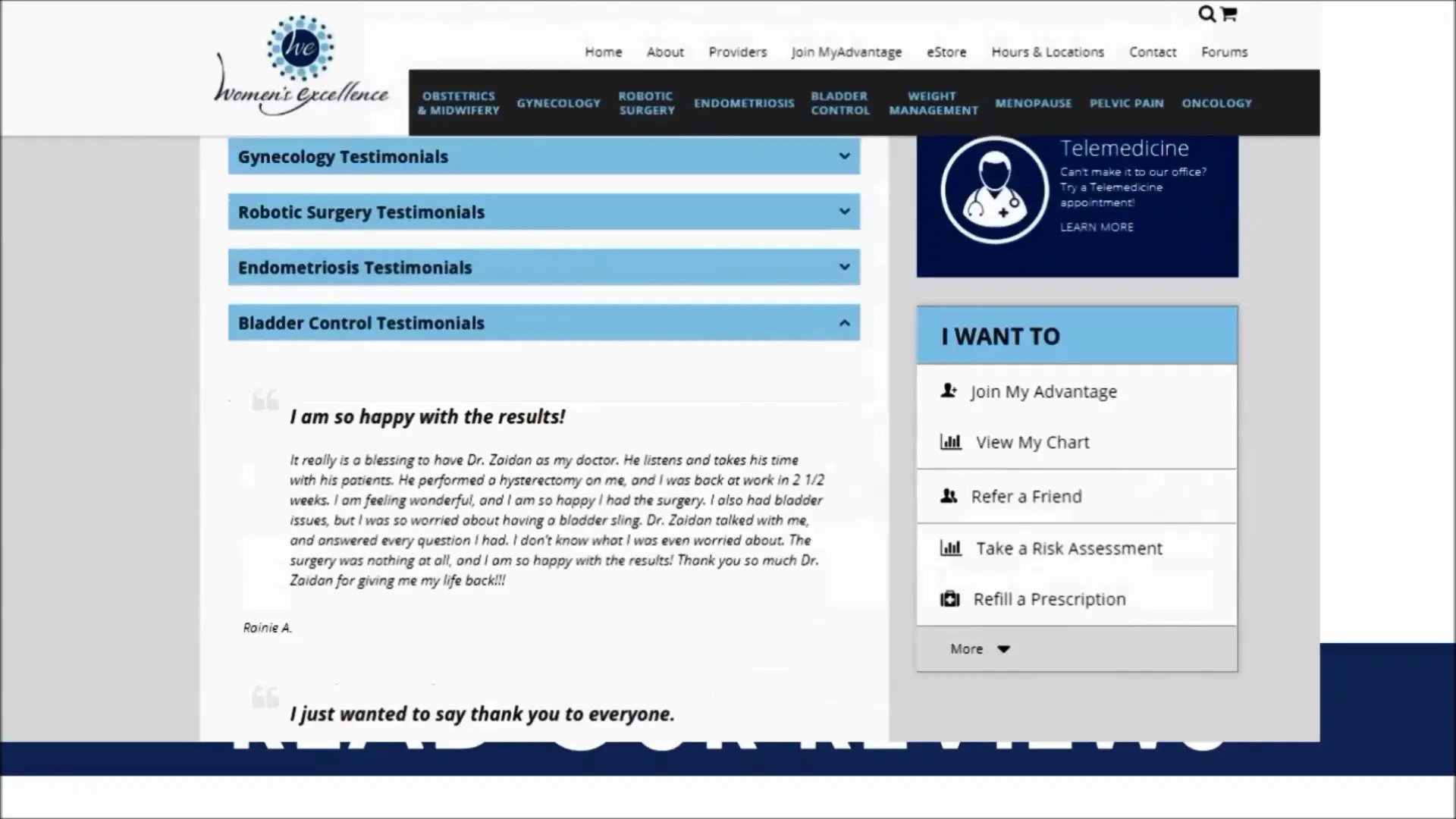At birth, the placenta via the umbilical cord continues to perfuse oxygenated, well-nourished blood to baby for several minutes as the cord pulsates. Delayed cord clamping provides an additional perfusion of valuable blood to boost the circulation for baby’s lungs and give advantages for the best start in life for your baby.
Opting to delay baby’s cord clamping and cutting of at birth allows the valuable influx of well-nourished, optimally oxygenated blood to your newborn.
Unless there is an emergency, it is clear that cord clamping at birth should be delayed.
The process of delayed cord clamping at birth for at least two minutes was found to be very beneficial in providing health benefits to newborn infants. The benefits of delayed cord clamping are:
- Increased newborn hematocrit levels contribute to infant brain development.
- Infants with delayed cord clamping at birth had higher iron levels at 4 months of age.
- Lower risks of newborn anemia.
- An increase in the amount of valuable stem cells in infants blood.
- Stem cells migrate to the bone marrow and over time are useful becoming variations of blood making type cells.
Delayed cord clamping and cutting provides optimal resources for baby at birth and beyond. Naturally, babies are attached at birth by the umbilical cord for several minutes prior to the placenta detaching. This may be by natural design that this happens as the evidence supports the many benefits of waiting until the umbilical cord stops pulsating which indicates cessation of blood perfusion through the cord to the baby.
We are happy to discuss delayed cord clamping with you during your prenatal visit. Contact us or use our chat to get it scheduled right away.







